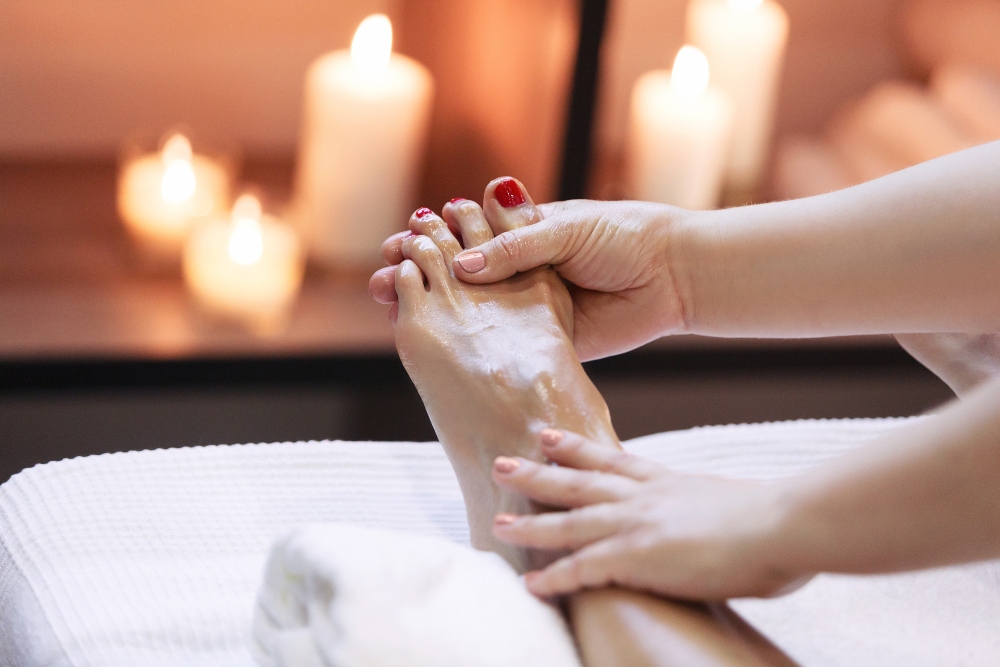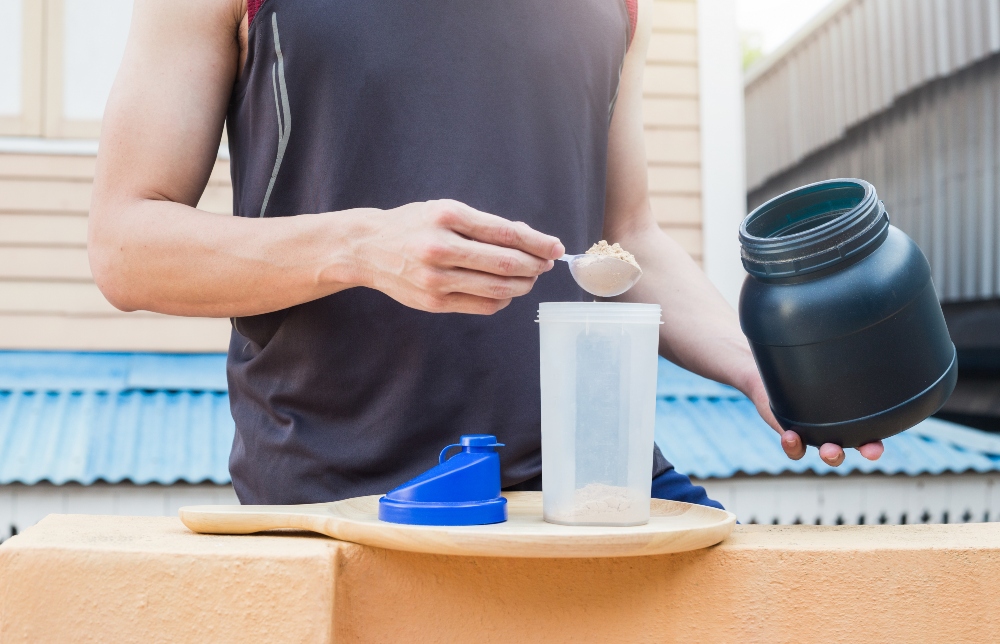Foot and ankle pain can be hard to bear: hurting with each step.
Though there are many things you can do to relieve a sprained ankle at home, it can take a long time for the injury to heal— as well as a lot of specialized knowledge of exercises and therapy to promote a quicker recovery.
The best thing you can do is to prevent sprained ankles from happening in the first place. That’s why our trained podiatrists are here to share some tips for protecting your ankles from sprains, fractures and other injuries.
Always Stretch Before Activity

You’ve heard that it’s good to stretch before a workout, but how many of us actually do it? Starting today, one more person— you!
Stretching helps to activate your muscles, warming and making them limber, which can increase your range of motion and flexibility, according to Healthline.
Even if you are taking a simple jog or going on a light hike, it’s important to stretch your calves and ankle muscles to prevent a nasty sprain or foot injury.
Follow these band stretches from the Williams Health and Wellness Services or watch this helpful video from a licensed therapist. Our team can also teach you proper ankle stretches, in person, specific to your body and your activities, too.
Make Sure You Have Ankle Support

Sports that require quick, repetitive or sideways motion often cause ankle injuries, such as soccer or basketball. That’s why professional players wear dedicated footwear, designed for the activity they’re doing.
This is our first piece of advice: get better shoes. A podiatrist or knowledgeable sporting store clerk should be able to get you in the right footwear and make recommendations for creating better support.
But we get it— sometimes, a sports shoe just won’t cut it.
A quality tape or brace could be the extra support you need to prevent ankle rolls or folds. Pair it with heel pads and some adhesive tape, and you’ve got yourself a strong ankle strapping. Here’s WikiHow’s step-by-step guide to wrapping your own ankle.
Consider a Good Massage

Did someone say massage? Yes, please! Besides promoting relaxation and just feeling darn good, there’s scientific evidence to support the benefits of massaging your ankles.
A 2018 Journal of Athletic Training study found that knuckle massages increased dorsiflexion range of motion, improving participants standing and kneeling positionings. If done correctly, proper massage can help to both prevent ankle sprains as well as to promote quicker healing.
Develop Stronger Ankle Muscles & Balance
There are certain strength-building exercises you can do to build up the muscle and ligaments in your ankle. Practices like these are easy to do, and over time, can help you to prevent spraining or injury.
One study from the 2017 Journal of Athletic Training found that proprioception training that focused on the ankle helped to reduce the risk of ankle sprain by 35%. This type of training involved balancing on a wobble board or foam pad, on a single leg while catching a ball and other overall balance-related activities.
In fact, another study found that while muscle strengthening exercises can be rather helpful, they’re even more effective when paired with proprioception techniques, like those mentioned.
Lastly, you’d be surprised how heavily your diet can come into play when it comes to your muscle or bone strength. Read our article on how proper nutrition can help your ankles and discover why active runners or sports enthusiasts need protein and calcium.

Know When to Stop
Dedicated athletes can get very competitive, practicing or playing for long hours, to the point of serious fatigue.
Whether it’s a sport like tennis, where you’re making quick lateral moves, or participating in long marathons, your ankles take most of the brunt in most activities. Those who push too hard and overstrain their bodies often experience foot related sprains or fractures.
The cause? Usually sloppy form from fatigue, which causes unnecessary stress on the wrong areas. Next time you’re feeling tired, listen to your body and get off your feet.
Worse, if you’re experiencing pain— don’t ignore it. Many athletes chalk the pain up to “normal” aches from being active and continue on with their usual routine, pushing through the discomfort. That’s how people develop chronic injuries because they don’t allow the area to ever truly heal.
When to Consult a Podiatrist
If you have tried any of the above techniques and are still experiencing ankle pain or discomfort, it’s time to see a professional. You may need an x-ray to determine the problem and check if it’s a sprain or stress fracture.
Our doctors at Foot & Ankle are here to get you on the road to recovery with the proper sprained ankle treatments.
Visit our contact page to make a quick appointment or give us a call today at 239.936.5400.
Categorized in: Blog